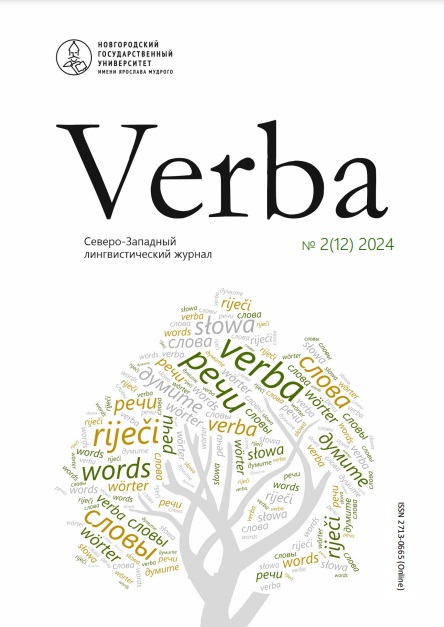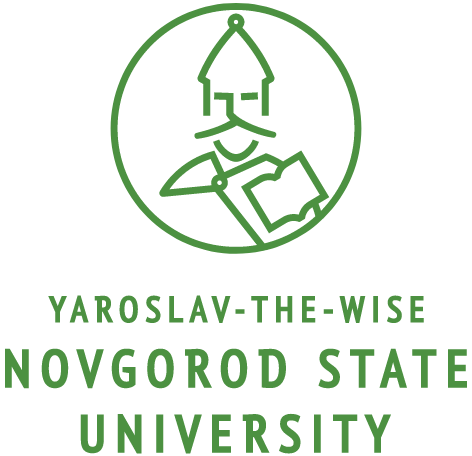Novgorod dialectal names for non-adult pets
DOI:
https://doi.org/10.34680/VERBA-2024-2(12)-72-84Keywords:
regionalism, regional studies, dialect, dialect vocabulary, dialect dictionaryAbstract
The most important type of regionally specific words is dialect words, which are traditionally studied in dialectology and described in dialect lexicography. This article examines dialectisms using materials from one of regional dictionaries — the Novgorod Regional Dictionary. The subject of the analysis is the dictionary entries that form the lexical-semantic group “Non-adult pets,” which has not previously become the subject of special scientific study. This group, considering the semantic components with the meanings 'cub', 'young', as well as 'animal age', includes 110 units: dwuletok, drougachok, pavodnik, podtovarnik, solomennik, murmul etc. The highlighted words, on the one hand, are analyzed in the article as units of the dialect lexical system, and on the other hand, are presented in correlation with the words of the literary language. In the latter case, attention is paid to illustrative materials of dictionary entries, which not only specify for the user the information contained in a dialect word, but also allow one to obtain information about how dialect speakers organize their speech in a new situation of explanatory activity. Until the middle of the 20th century, one term was used in linguistic science to denote all regional features of a language — dialect. In modern research, a regiolect is correlated with a dialect: it is either derived from a dialect, or contrasted with it, or includes a dialect in its composition. Interest in the study of regiolects and the multifaceted nature of the problems associated with them led to the formation of a special field of scientific research — regional studies, one of the areas of which is linguo-regional studies.
Downloads
Downloads
Published
How to Cite
Issue
Section
License
Copyright (c) 2024 Verba

This work is licensed under a Creative Commons Attribution-NonCommercial 4.0 International License.








